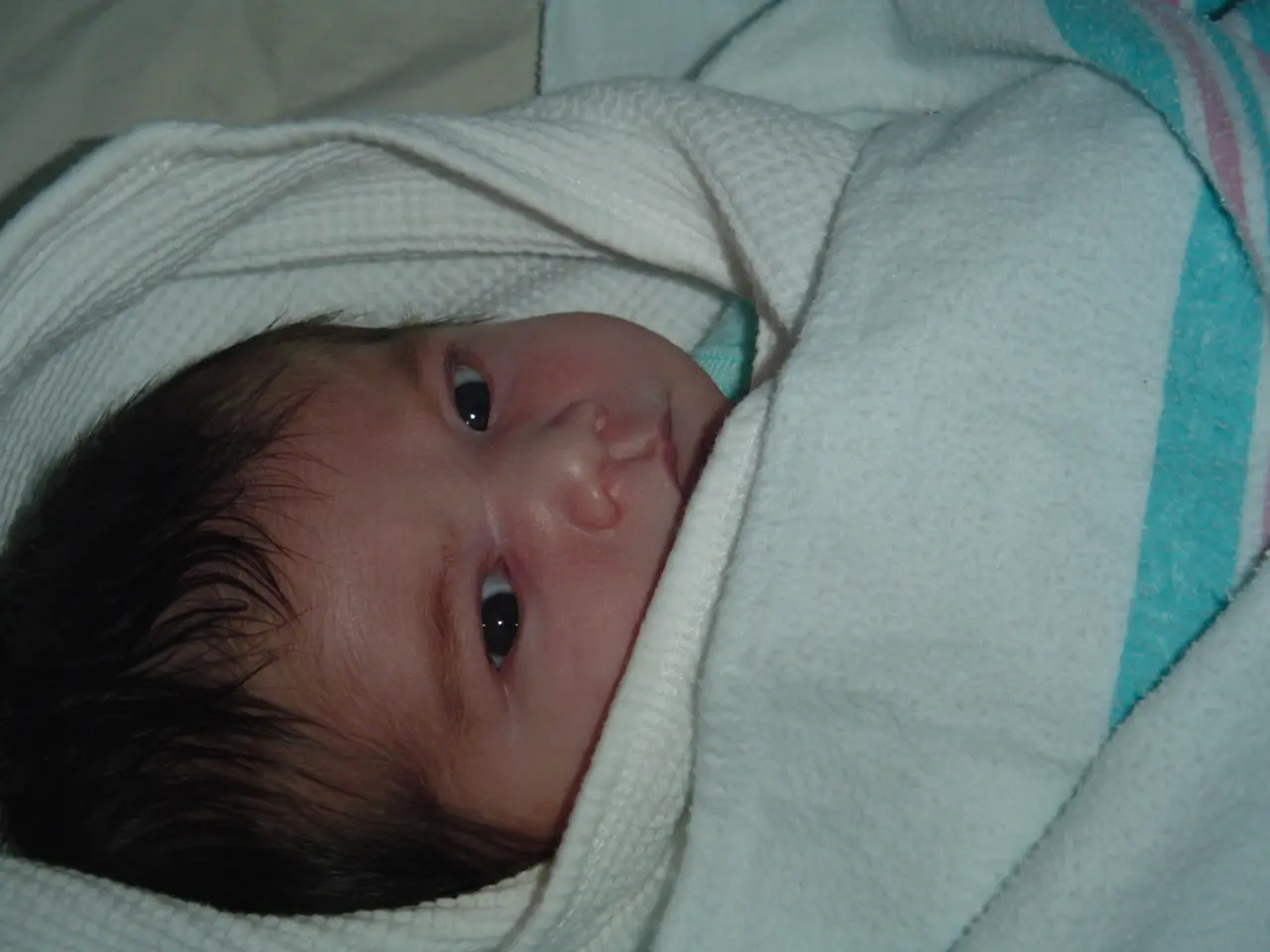Understanding Conduct Disorder: Causes, Types, and Treatments
Conduct disorder, a group of behavioural and emotional issues, typically begins in childhood or adolescence. It's diagnosed by mental health professionals when a child displays at least three specific behaviours over the past six months. These behaviours often include aggression, deceitfulness, and rule-breaking.
Children with conduct disorder struggle to follow rules and may exhibit aggressive, destructive, and deceitful behaviours. The condition has three types: childhood onset, adolescent onset, and unspecified onset. Its severity can range from mild to severe, depending on the impact of the behaviours on others.
Several factors contribute to its development, including genetics and environmental influences. Boys are more likely to be affected, as are those living in urban areas or with a family history of mental illness. Some children may also exhibit limited prosocial emotions, appearing callous and unemotional. Notably, conduct disorder in youth shares similarities with adult antisocial personality disorder, both involving persistent norm-violating behaviours.
Symptoms include aggressive conduct, deceitful behaviour, destructive behaviour, and rule violations. Treatment options include behaviour or talk therapy, parent management training, and medication for co-occurring mental health disorders.
Conduct disorder is a complex issue that requires professional diagnosis and intervention. Understanding its causes, types, and symptoms is crucial for effective management and treatment. With appropriate care, children with conduct disorder can learn to manage their behaviours and improve their relationships with others.




